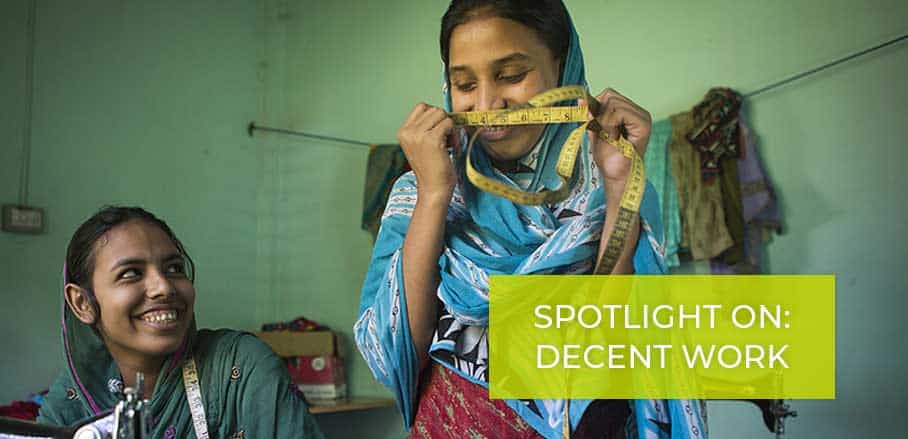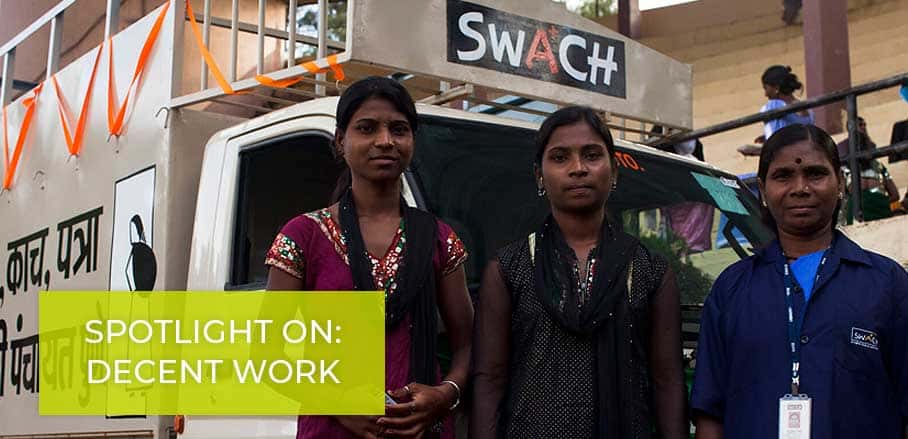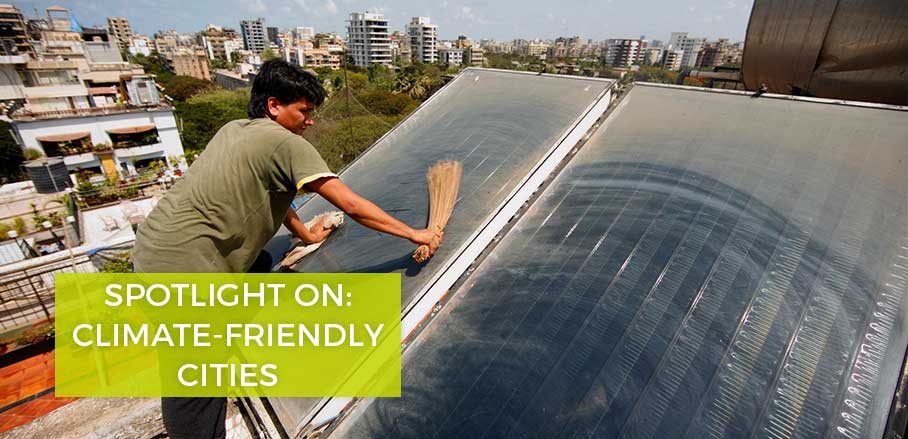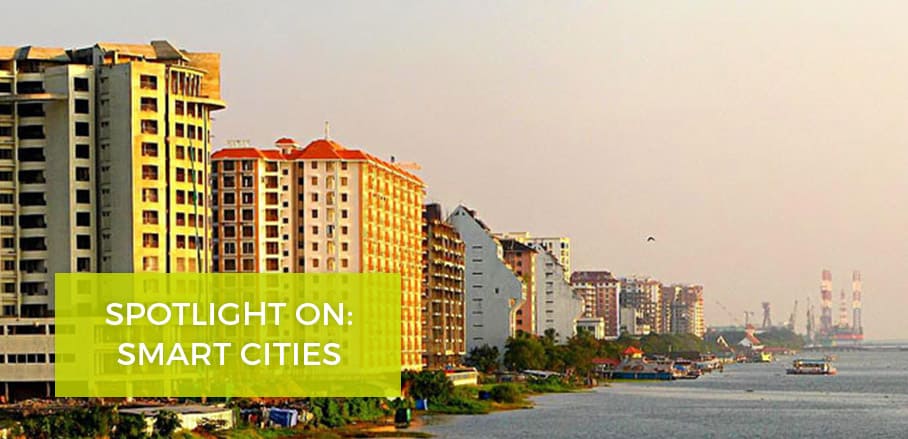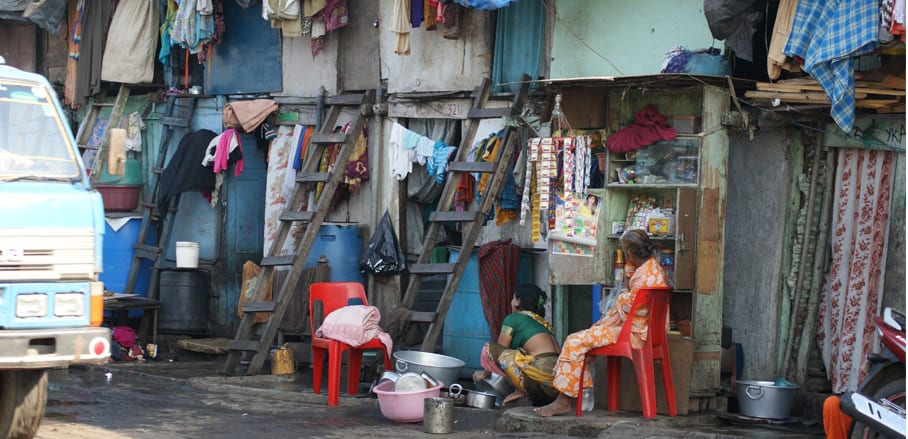The Urban Spring of May 1st
Cities throughout the world face the challenge of how to create more – and decent – jobs. On Labour Day, Edmundo Werna makes the case for an extensive urban dialogue as a necessary condition for a proactive employment policy.
